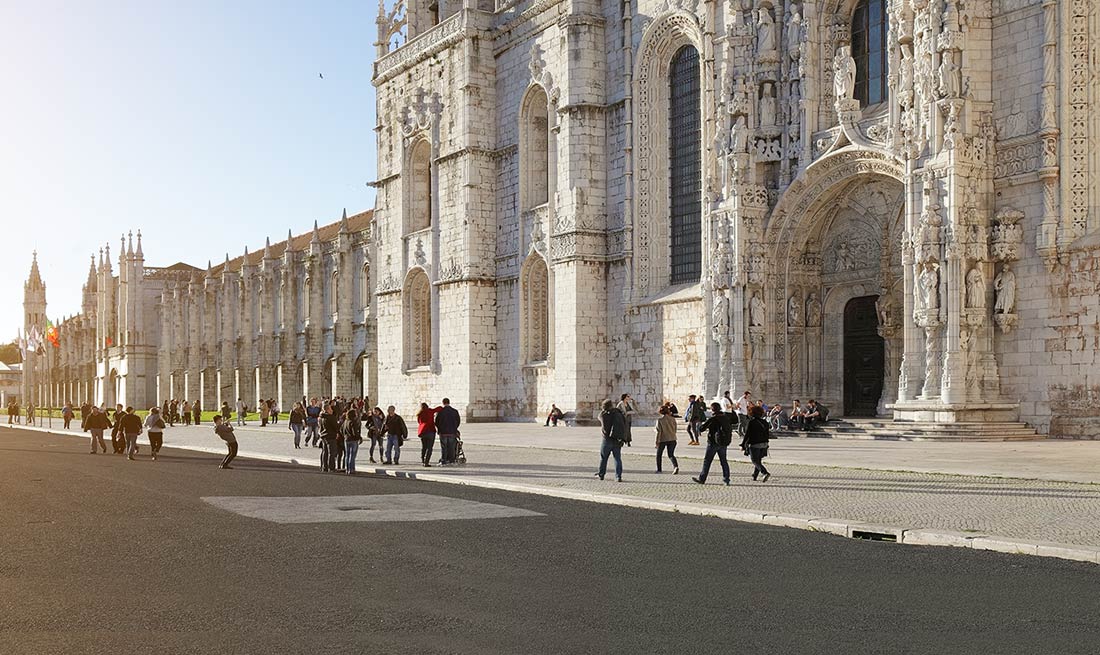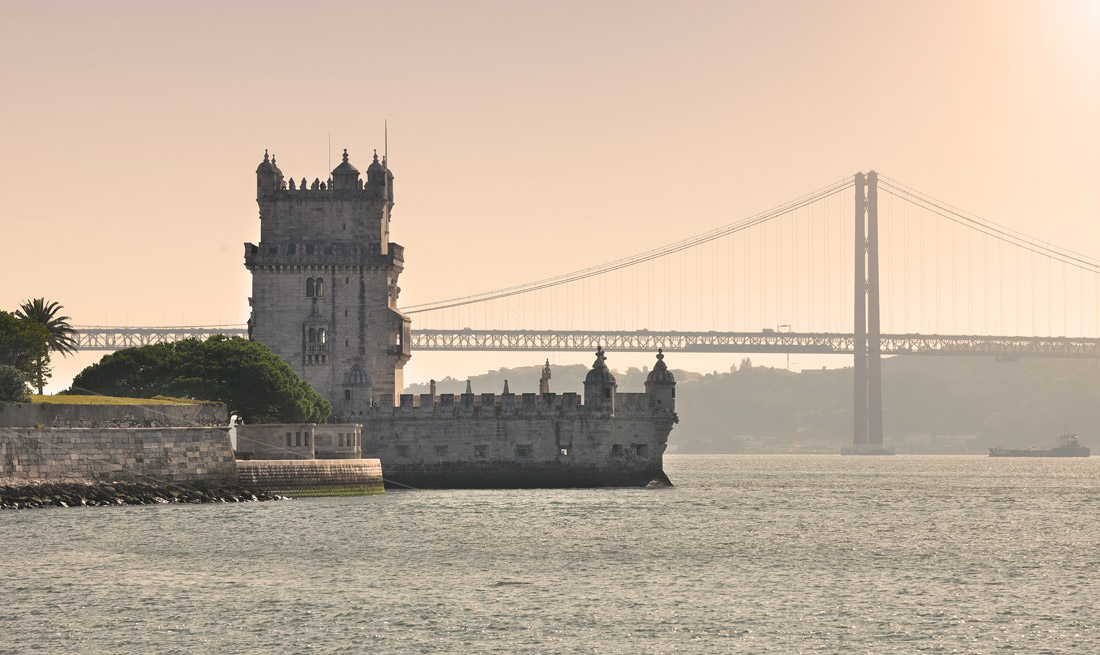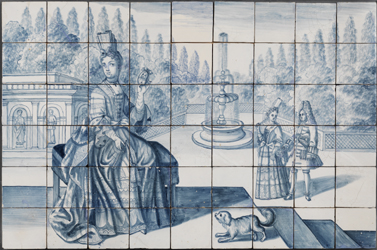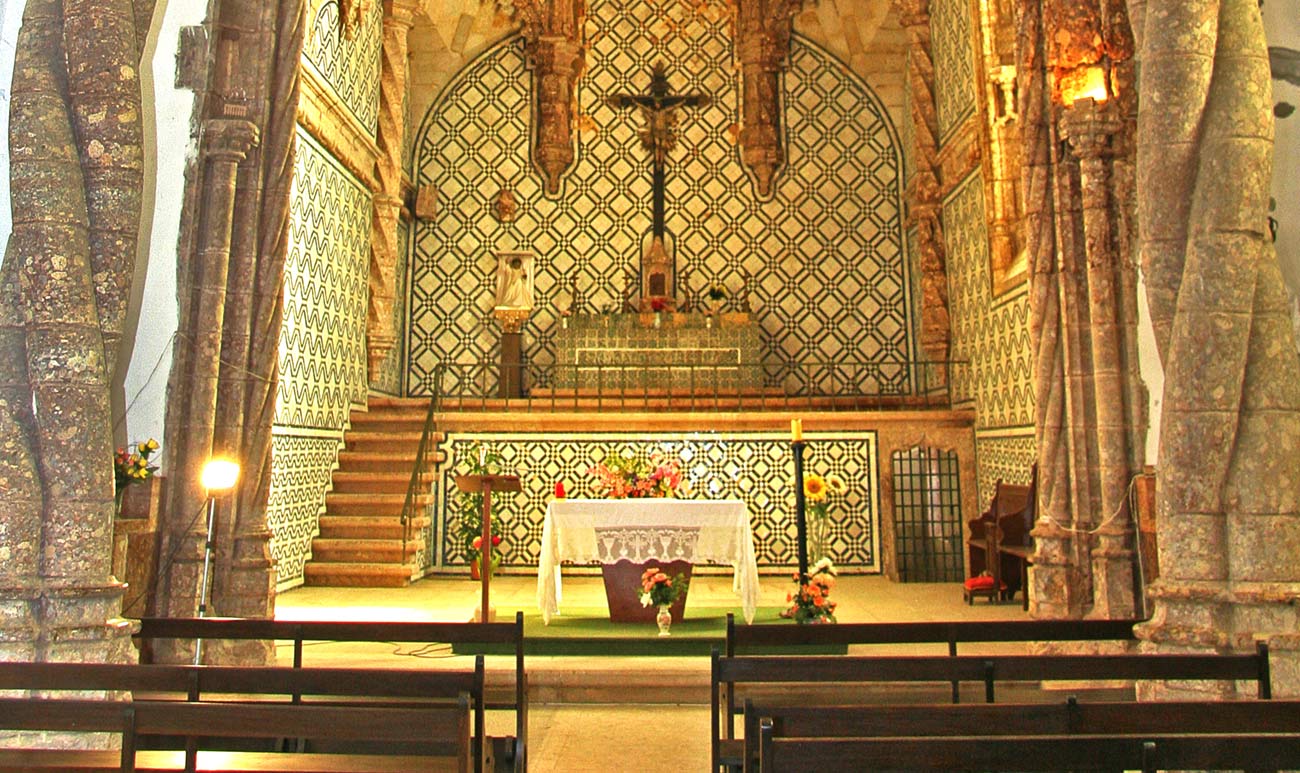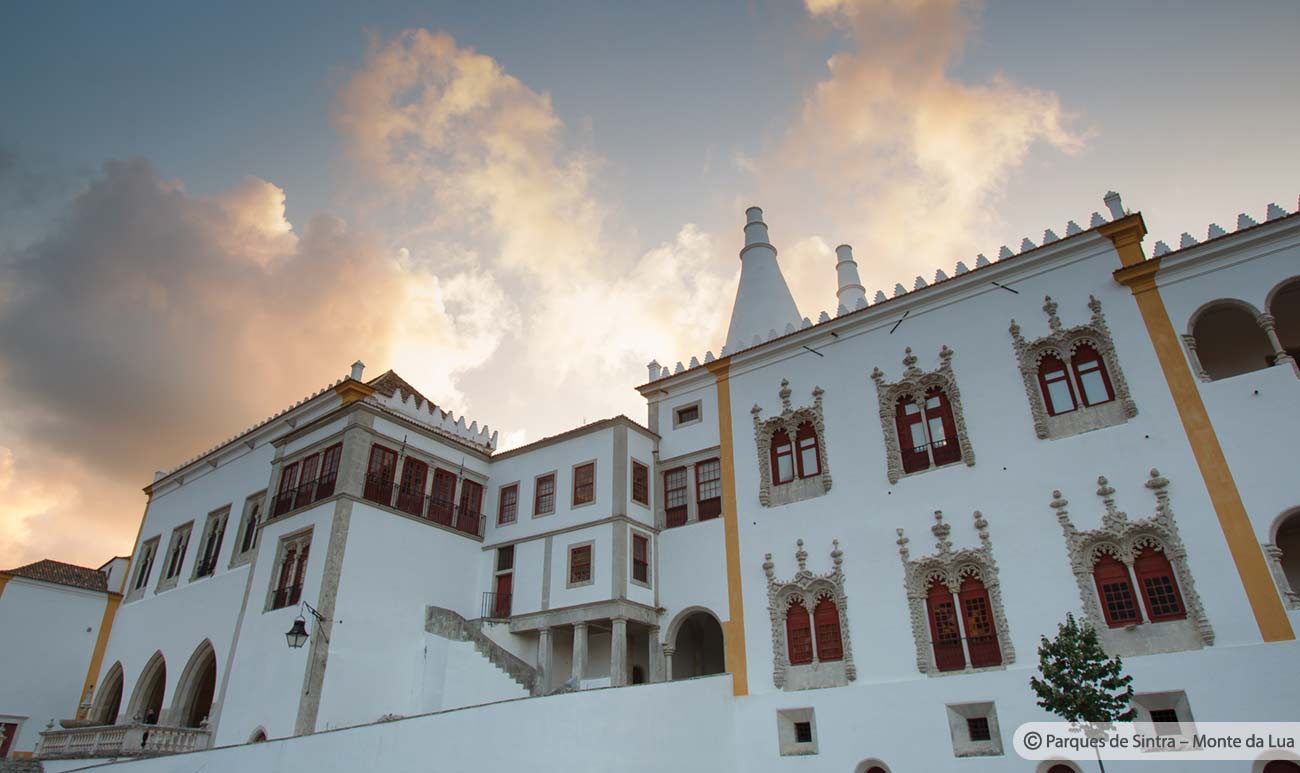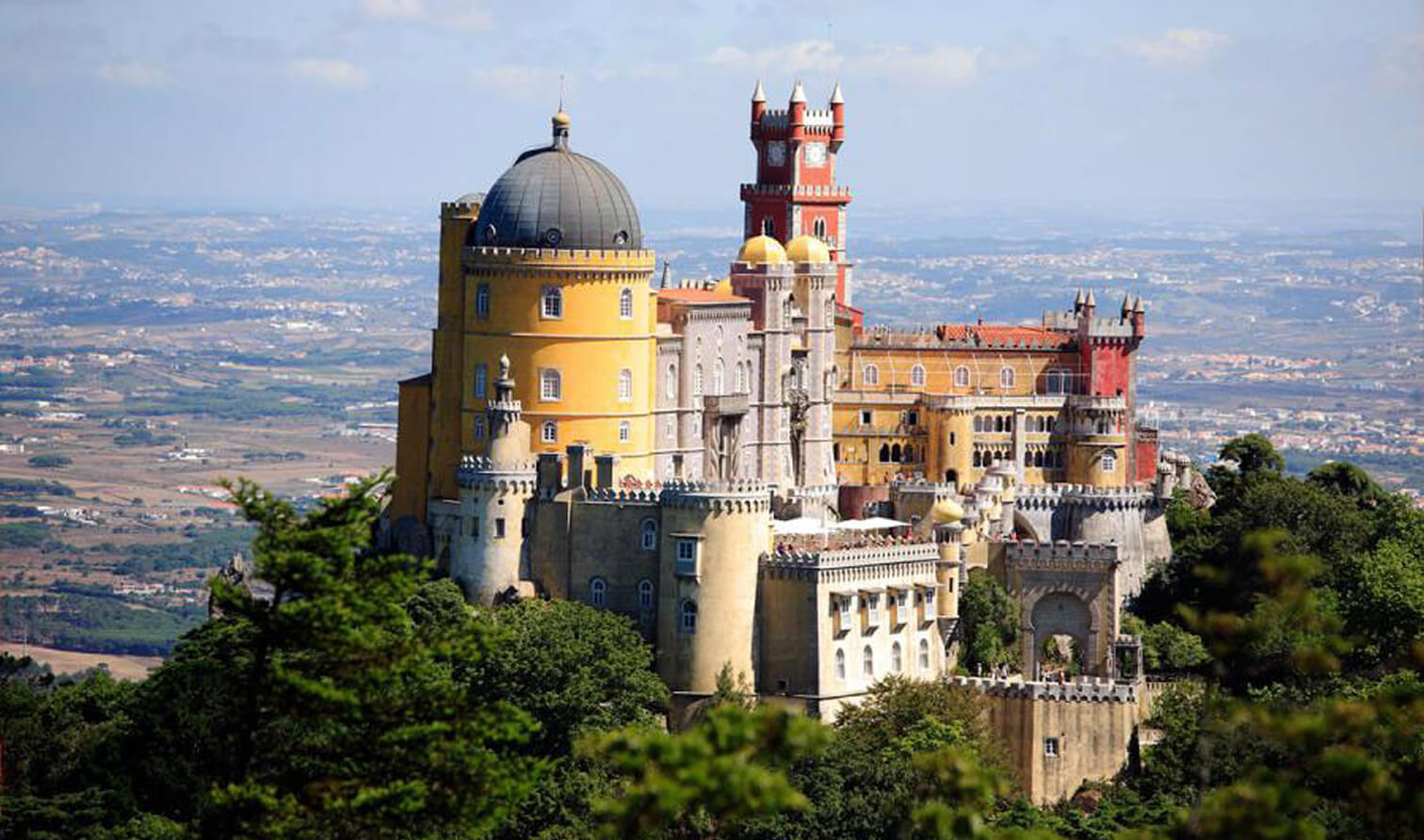An unique art form first seen in Lisbon at the end of the 15th century. In the transition from the Gothic era to the Renaissance, an architectural style influenced by Moorish elements began to come into use in the palaces in Lisbon and Sintra, as well as in the construction of the monastery of Jerónimos and Torre de Belém. During the reign of King Manuel I, countless monuments, windows and doorways were built that were more or less influenced by a Naturalist style responsible for more architectural structures than decorative motifs. The size and depth of the arches and twisted framing cornices, facades and vaults distinguish the pure Manueline style, which began to wane with the Renaissance from 1517 onwards. The style is part of the history, richness and glory of this unique period in Portuguese history.
Manueline Style Architecture
Places of Interest
Mosteiro dos Jerónimos
The Jerónimos Monastery was proclaimed a UNESCO World Heritage Site in 1983.This notable 16th century work of architecture became part of Portuguese identity and culture.
Torre de Belém
UNESCO World Heritage, a cornerstone of Portuguese identity and an icon of a country historically moulded by its proximity to the ocean and its maritime discoveries of new worlds.
National Tile Museum
The museum is set in Madre de Deus Convent, founded in 1509 and its collections allow a journey through the history of tile, from 15th century till present days.
Monastery of Jesus of Setúbal
Take a trip five centuries back in time 30 km outside Lisbon. The church of the Antigo Mosteiro de Jesus is an old and impressive building that you should visit.
National Palace of Sintra
Situated in the town’s historic centre, it is an unique monument, distinguished by its outstanding historical, architectural and artistic value.
Pena National Palace
The Pena Palace and Park, in the Sintra mountains, are the product of the creative genius of King Fernando II and the epitome of 19th Century Romanticism in Portugal.
Mother Church of Loures
With an impressive church and pleasant centre, come and discover the historic side of Loures, a place seldom associated with religious buildings.

